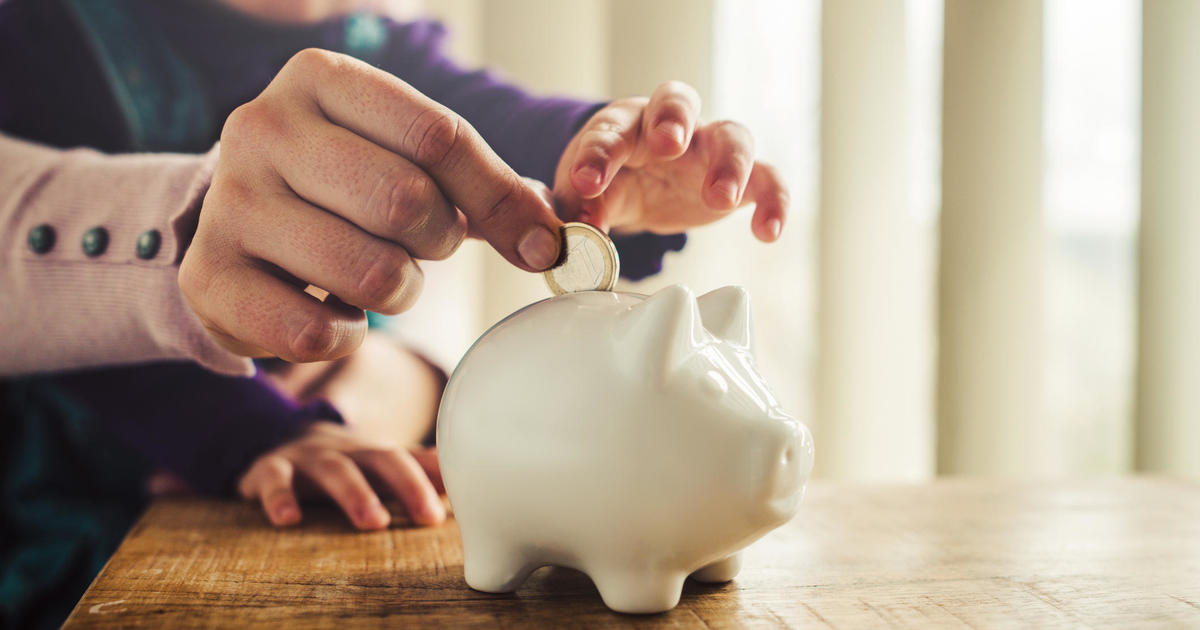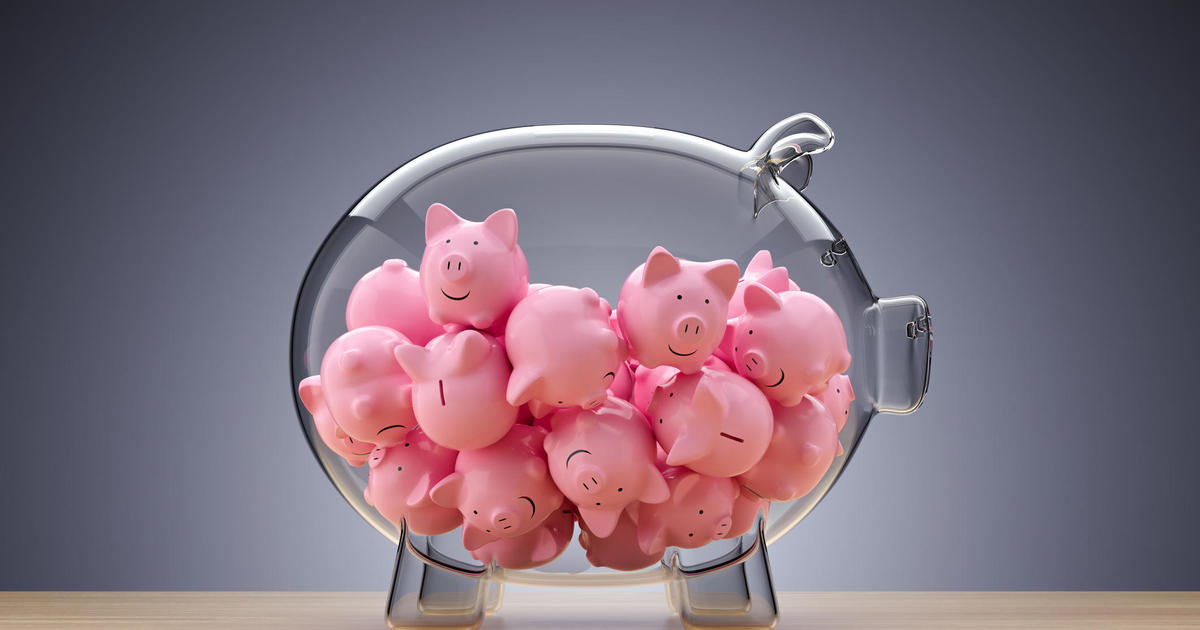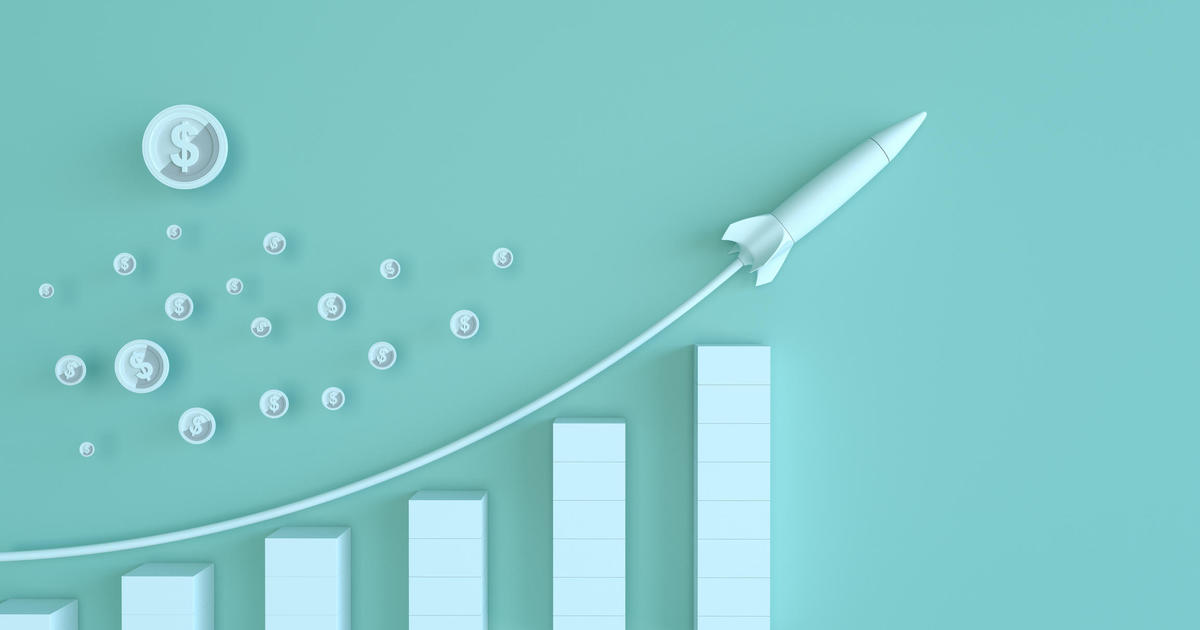Should I split my money between a savings account and a CD?
With inflation back up in July and the benchmark interest rate currently at a 22-year high, many Americans find themselves looking closer at their bottom line. With eroded purchasing power and higher borrowing rates, personal financial considerations take on additional weight. Not only should they be looking for openings to cut spending and shore up protections, they should also be examining where they store their savings. With rates as high as they currently are, those savers leaving their money in a regular savings account are losing money.
It's not difficult to find a high-yield savings account with an interest rate of 4.5% or more currently. Certificates of deposit (CD) accounts, meanwhile, offer even slightly higher rates. Regular savings accounts currently have an annual interest rate of just 0.43%, according to the FDIC.
But which account is better to deposit your money in? Or, should savers instead consider splitting their deposit between a high-yield account and a CD?
Start by exploring high-yield rates here to see how much more money you could be earning.
Should I split my money between a savings account and a CD?
Here are three compelling reasons why you may want to split your deposit between a savings account and a CD.
You can maintain some flexibility
CDs generally come with slightly higher interest rates than high-yield savings accounts do, but that's in exchange for locking your money away for the full CD term. If you withdraw it early, you'll be penalized some (or all) of the interest earned to date.
But by splitting your funds between a CD and high-yield savings account, you'll get the best of both options. You'll earn the higher rate the CD comes with while still allowing yourself access to a portion of your funds with the use of a high-yield savings account. Since high-yield savings accounts operate identically to regular savings accounts, this should be an easy transition for most savers.
Start earning more interest on your savings here now.
You can position yourself for future rate increases
A CD is reliable because the rate you open it with will be the same rate it expires with. But that reliability comes in exchange for any potential rate increase opportunities. You'll be locked in no matter what happens in the larger rate environment. High-yield savings accounts, on the other hand, have variable interest rates. This will allow your account to grow even further if rates continue to rise. But, if rates fall, your interest-earning ability will fall with it.
By splitting your money between a savings account and CD, however, you'll be able to earn interest at the locked CD rate while also giving yourself the opportunity to earn even more with a high-yield savings account, should interest rates tick up yet again.
You can improve your financial literacy
Sometimes the best way to see if you benefit from something is by trying it first. This is true for high-yield savings accounts and CDs, too. You likely already know how a checking and regular savings account operates and are well-versed in their limitations. But by splitting some of your money into a high-yield savings account and CD you'll gain better financial understanding, helping you better determine the best financial path for your goals.
By opening both at the same time, you'll reap the benefits of each while also gaining the knowledge and experience you wouldn't have had if you left your money untouched elsewhere. From there, you can determine which you prefer best (or you may realize you want to keep both open simultaneously).
Learn more about your savings and CD account options here.
The bottom line
Whether you're considering depositing $1,000 or $5,000 or more, right now is a great time to open a high-yield savings account or CD. And if you can't choose between the two, strongly consider splitting some of your money by opening both. By doing so, you'll maintain flexibility (and still have access to some of your funds). But you'll also position yourself to both earn interest and today's high rates and be prepared to earn even more if rates rise again. Finally, you'll gain some additional financial literacy and understanding about both tools that you otherwise may not have enjoyed if you kept your savings earning at a regular rate.




